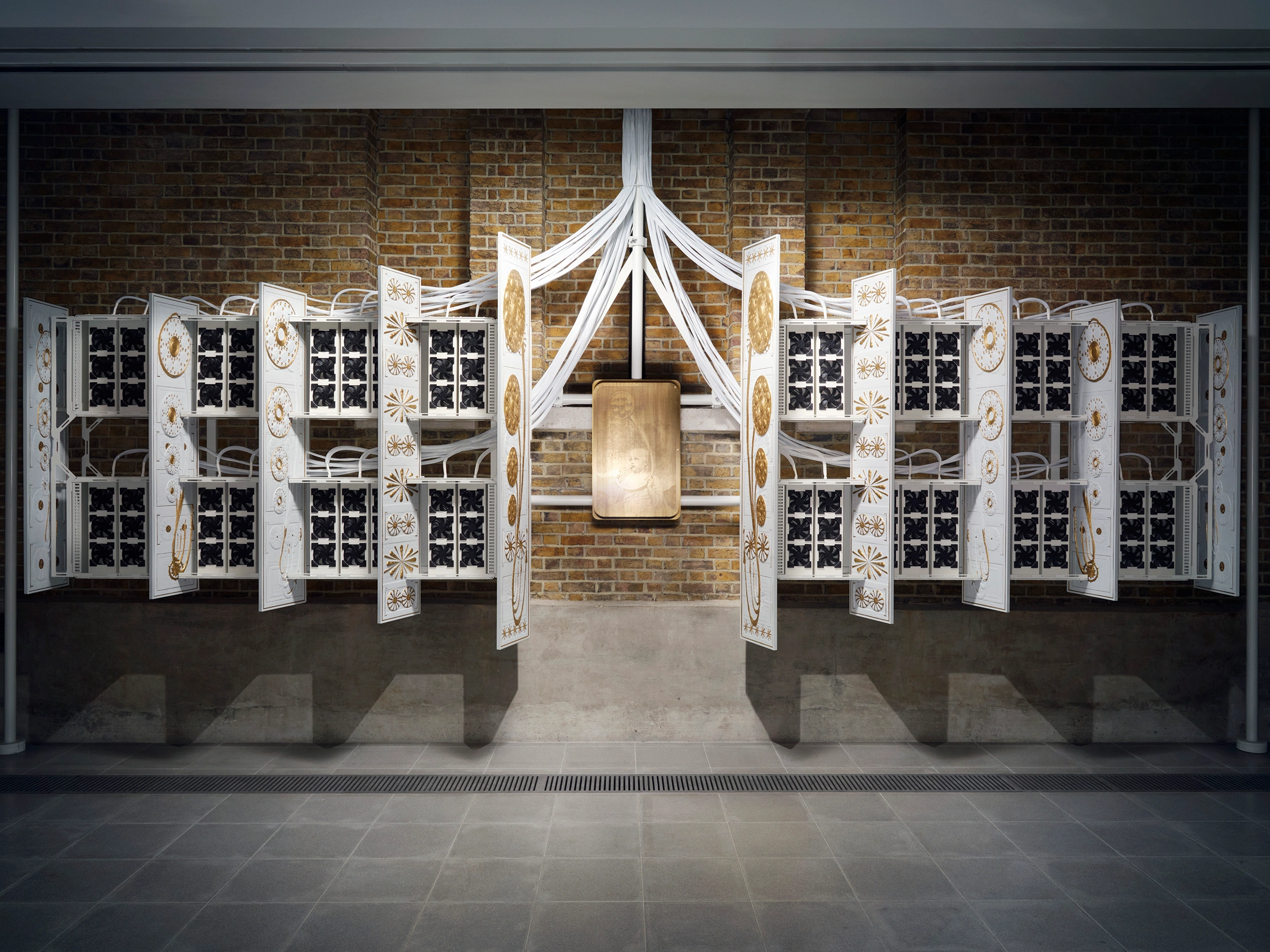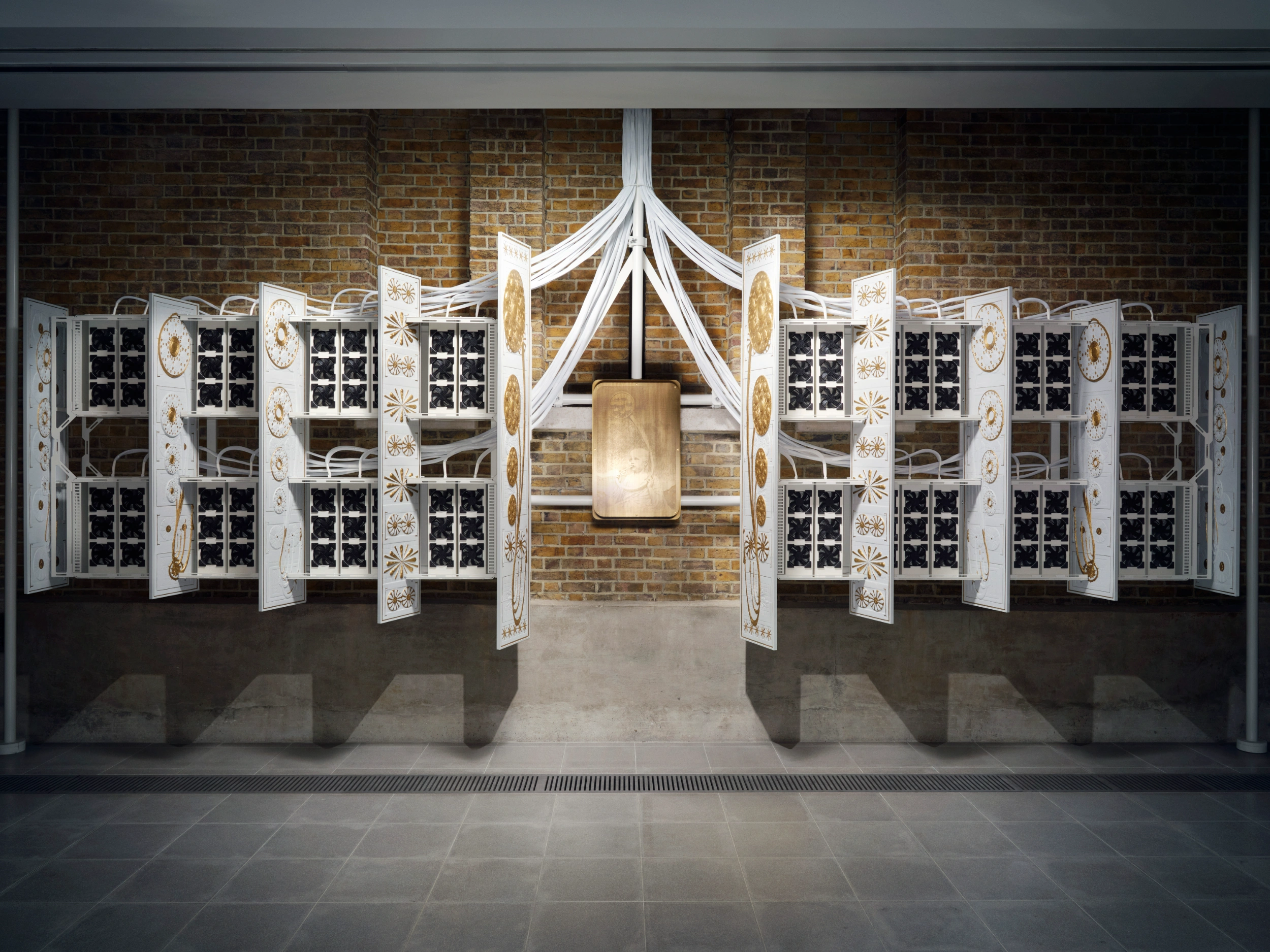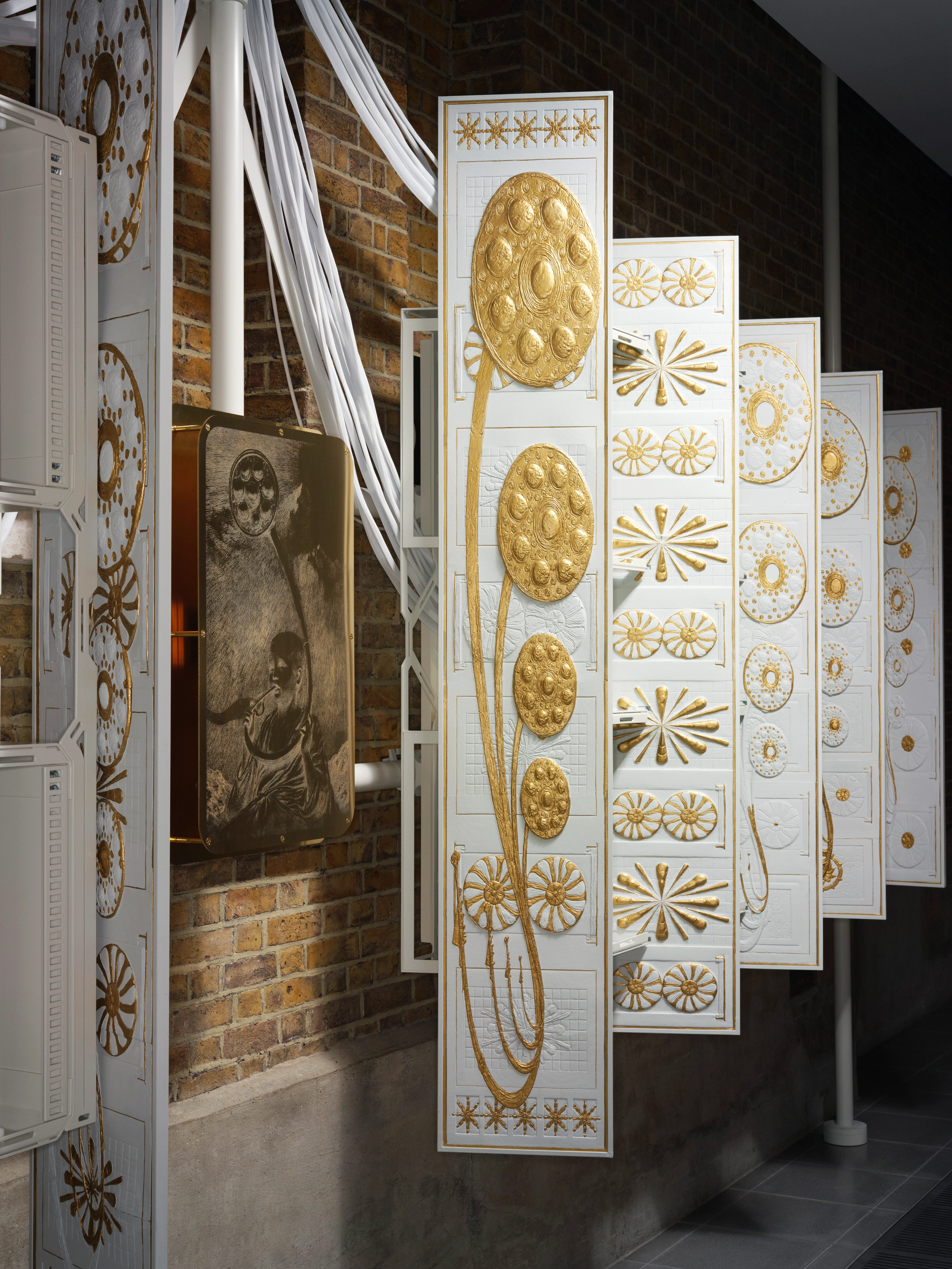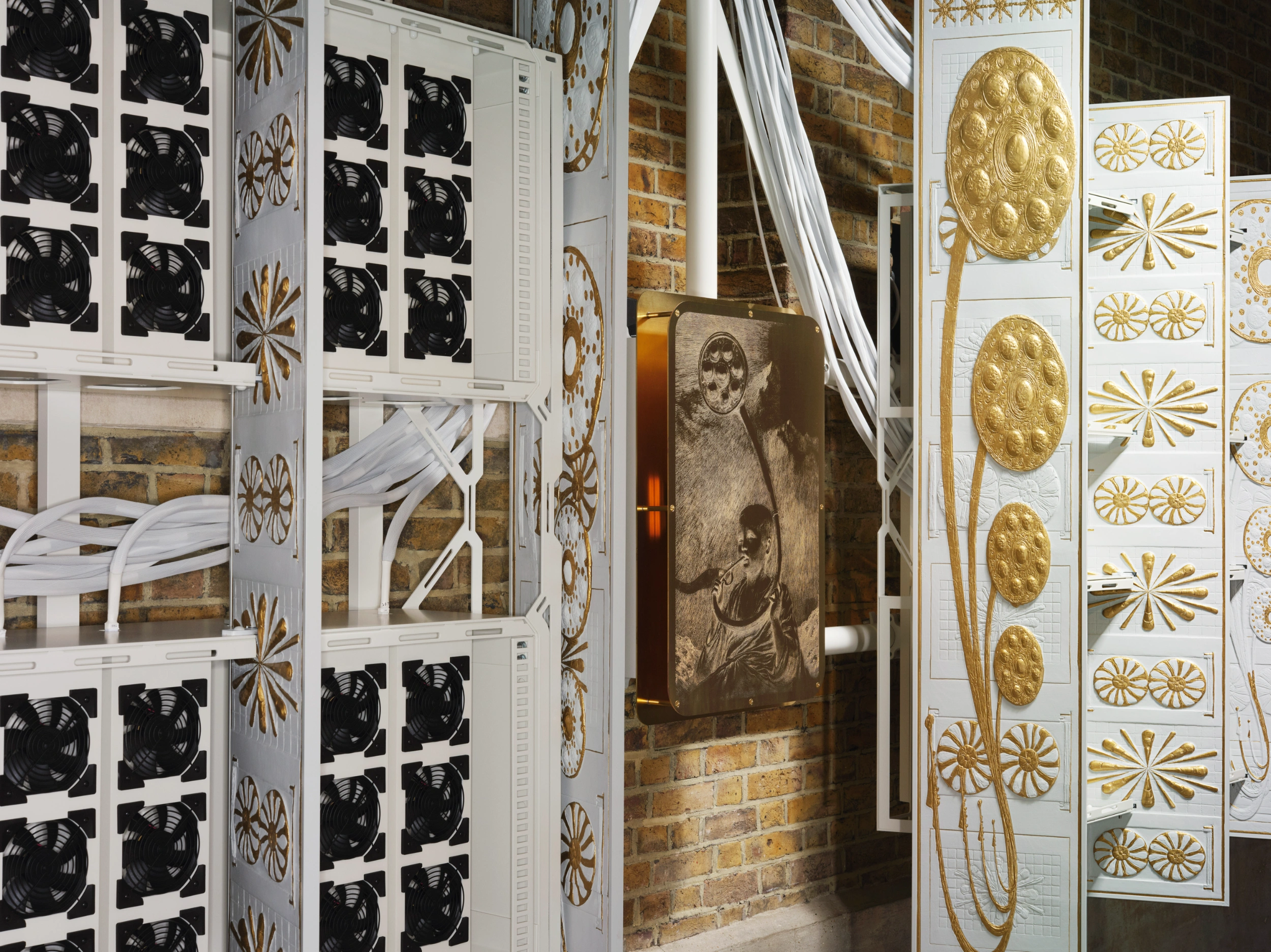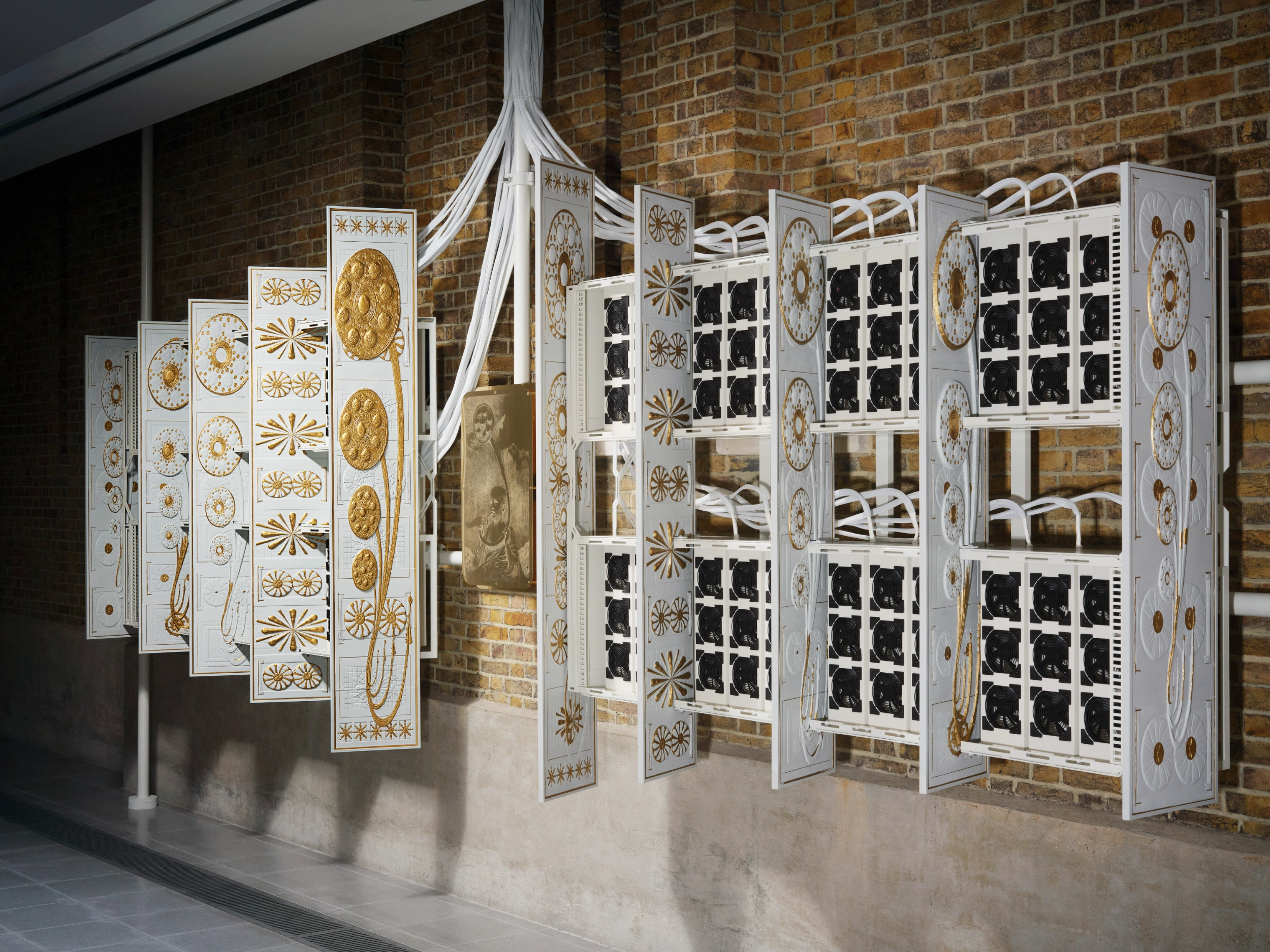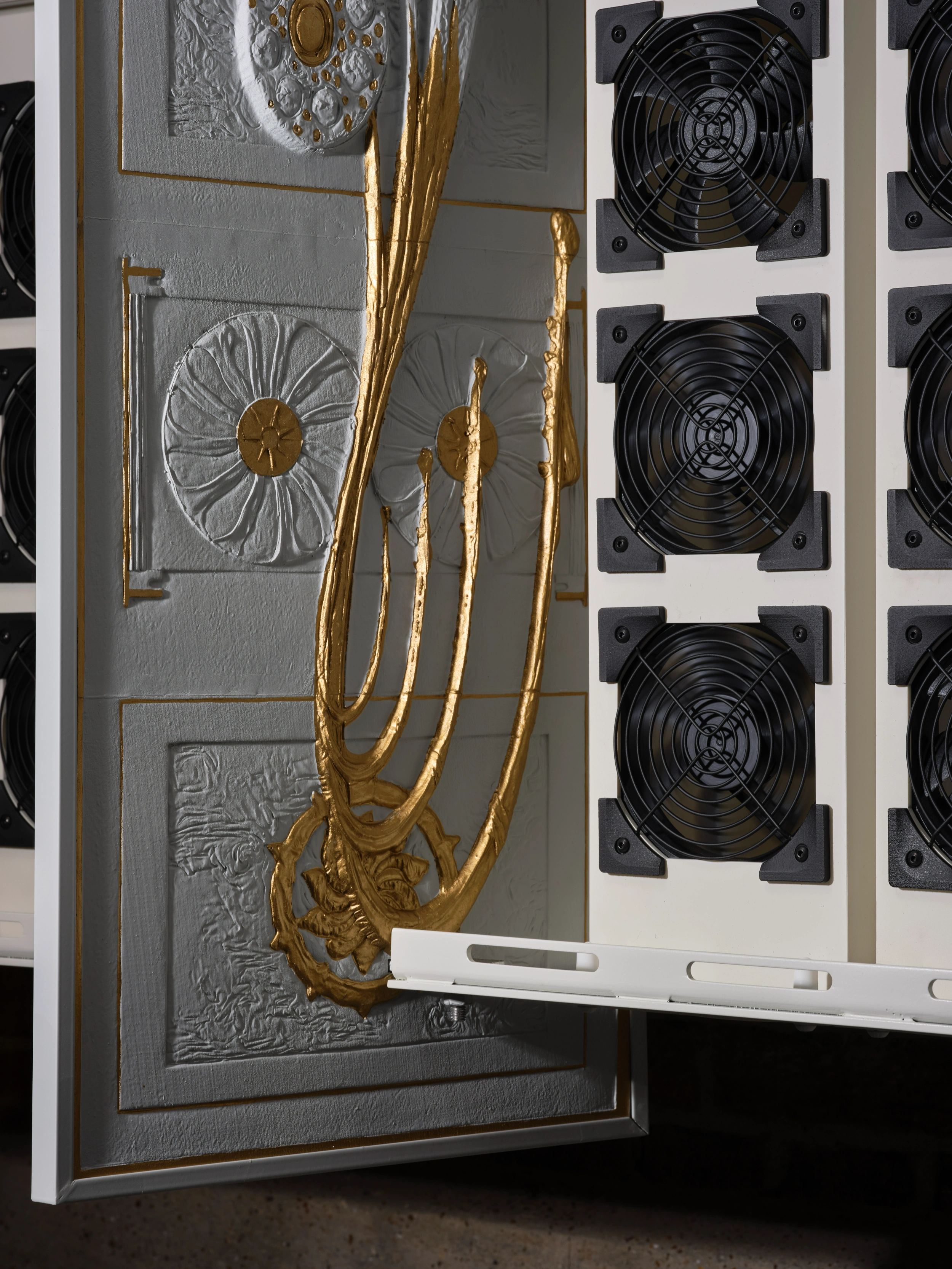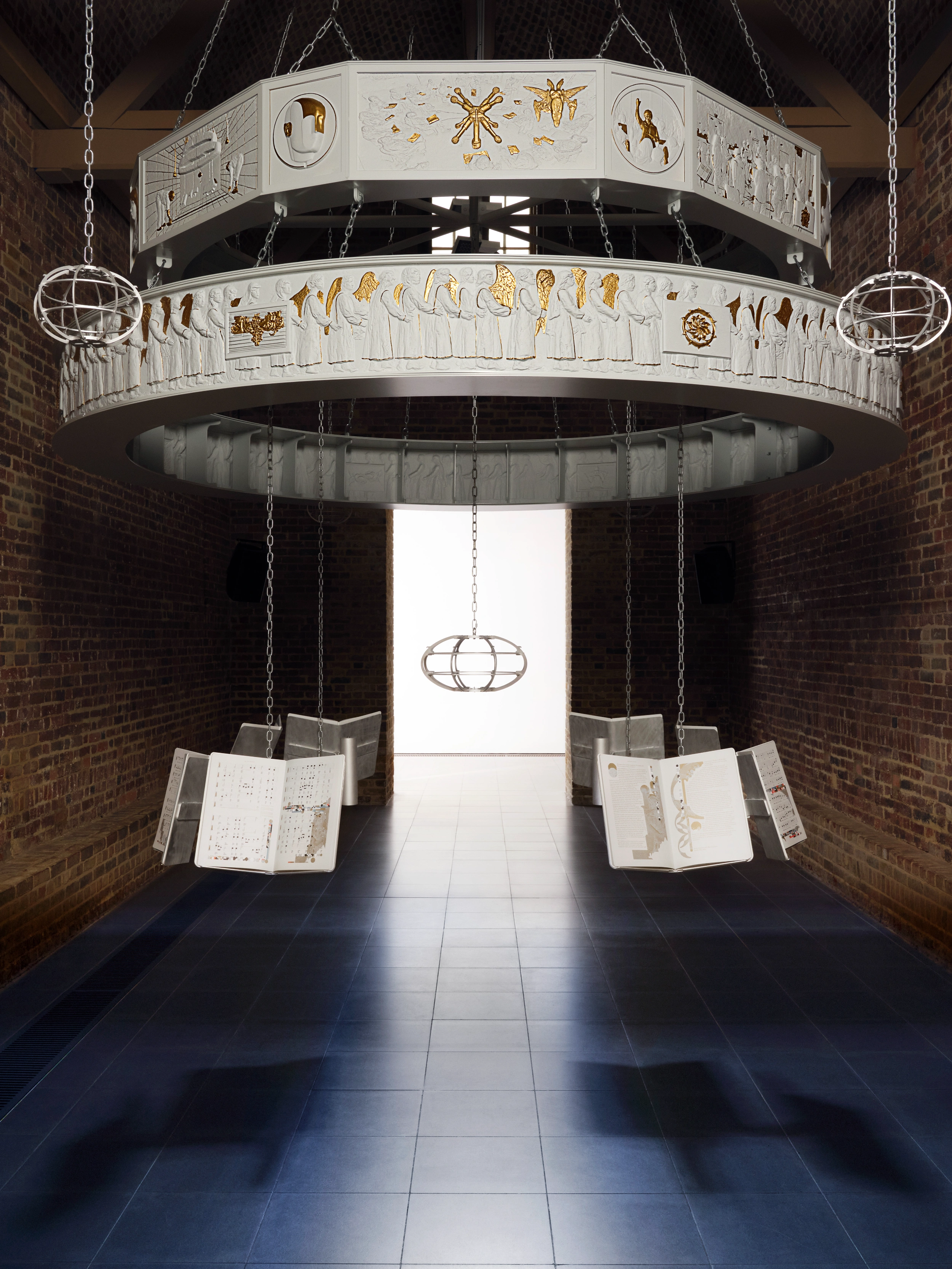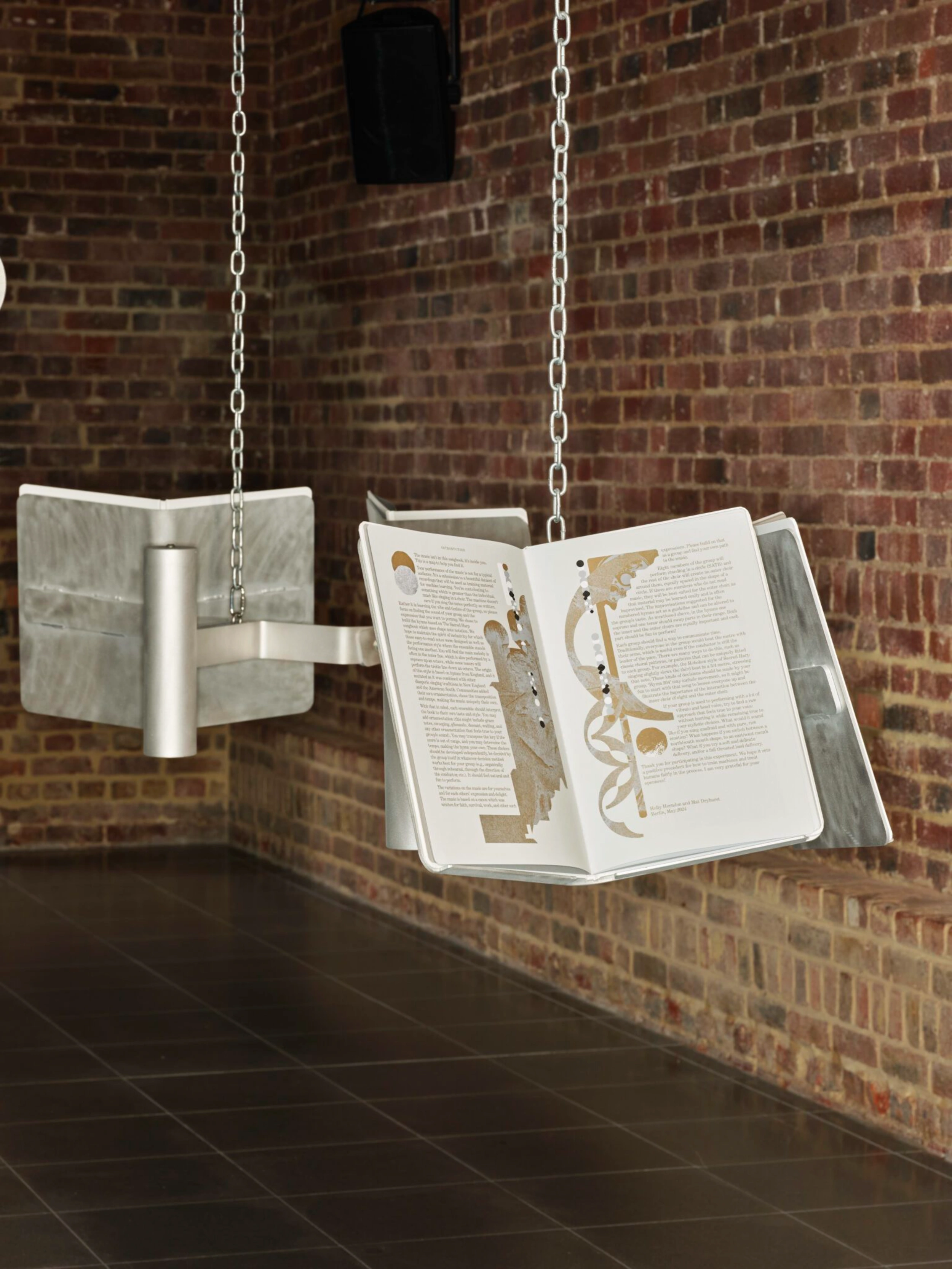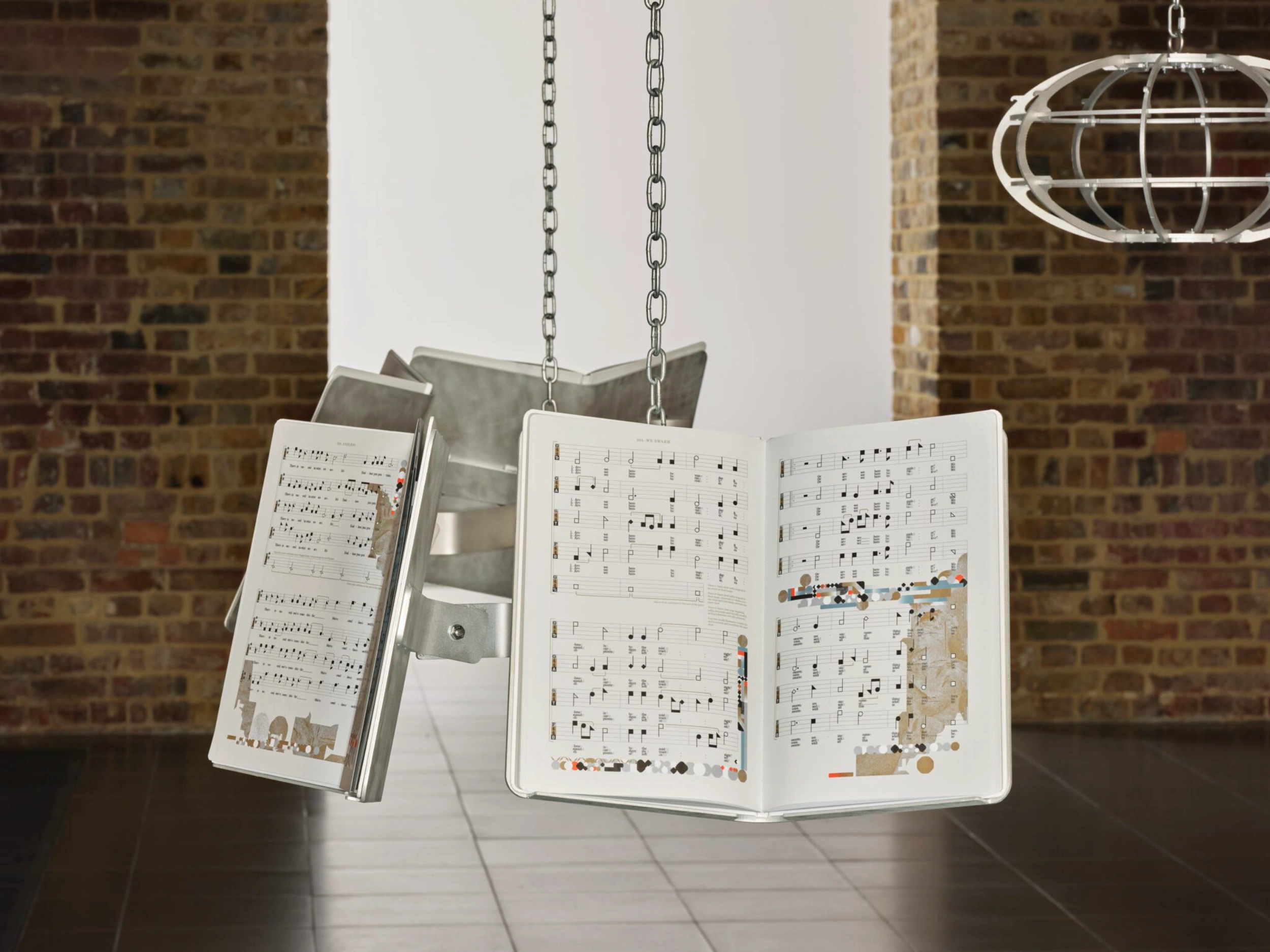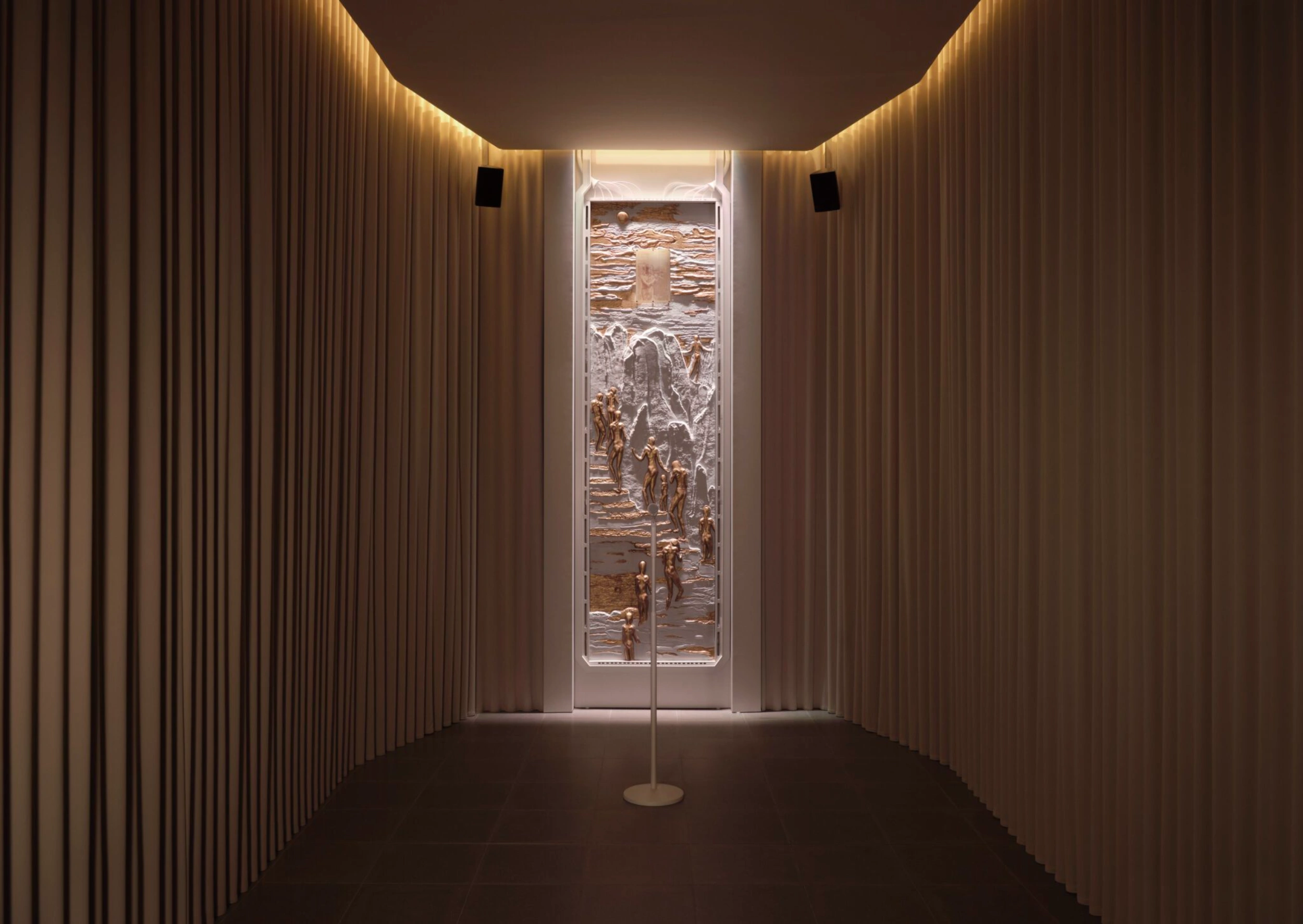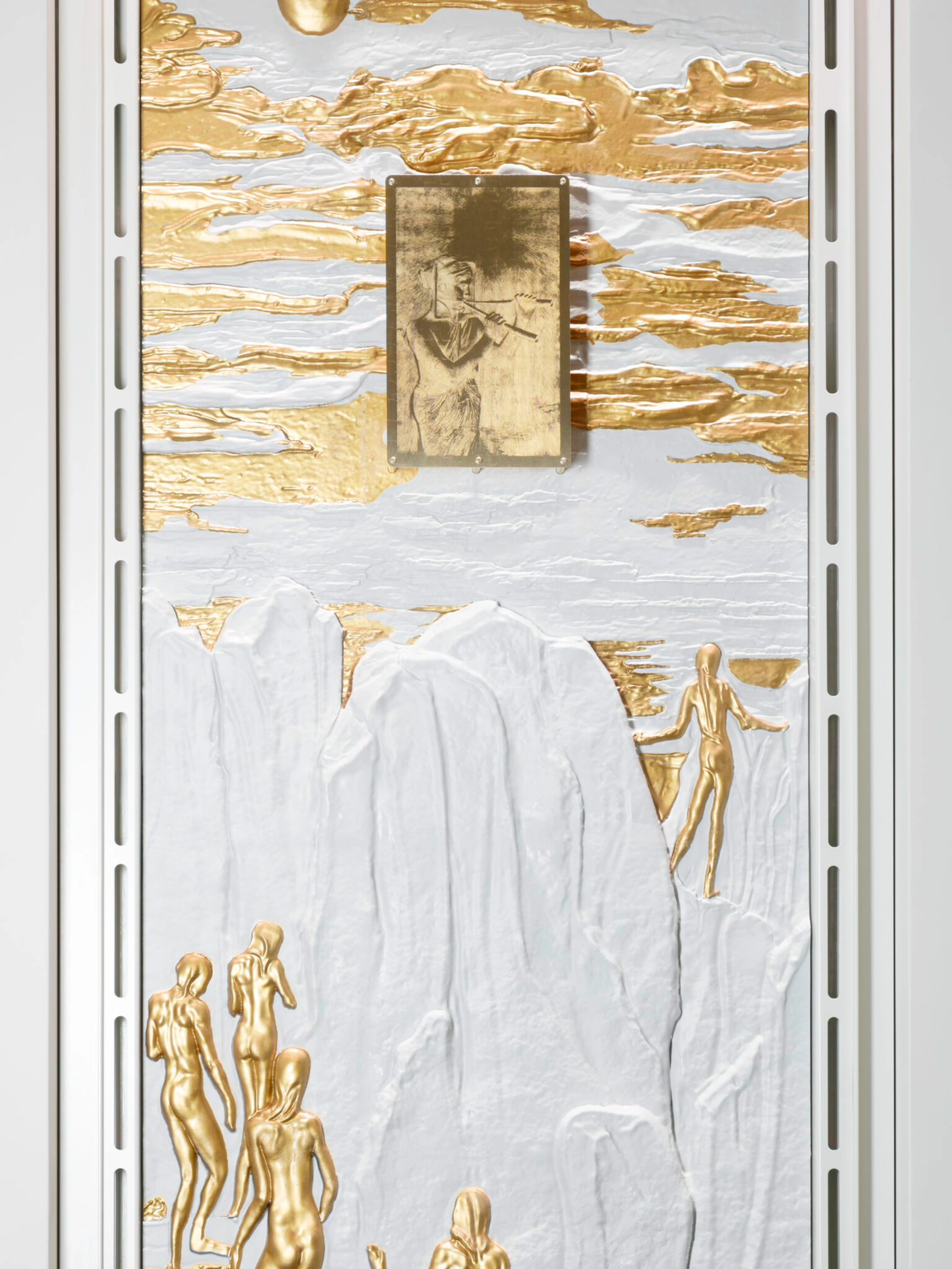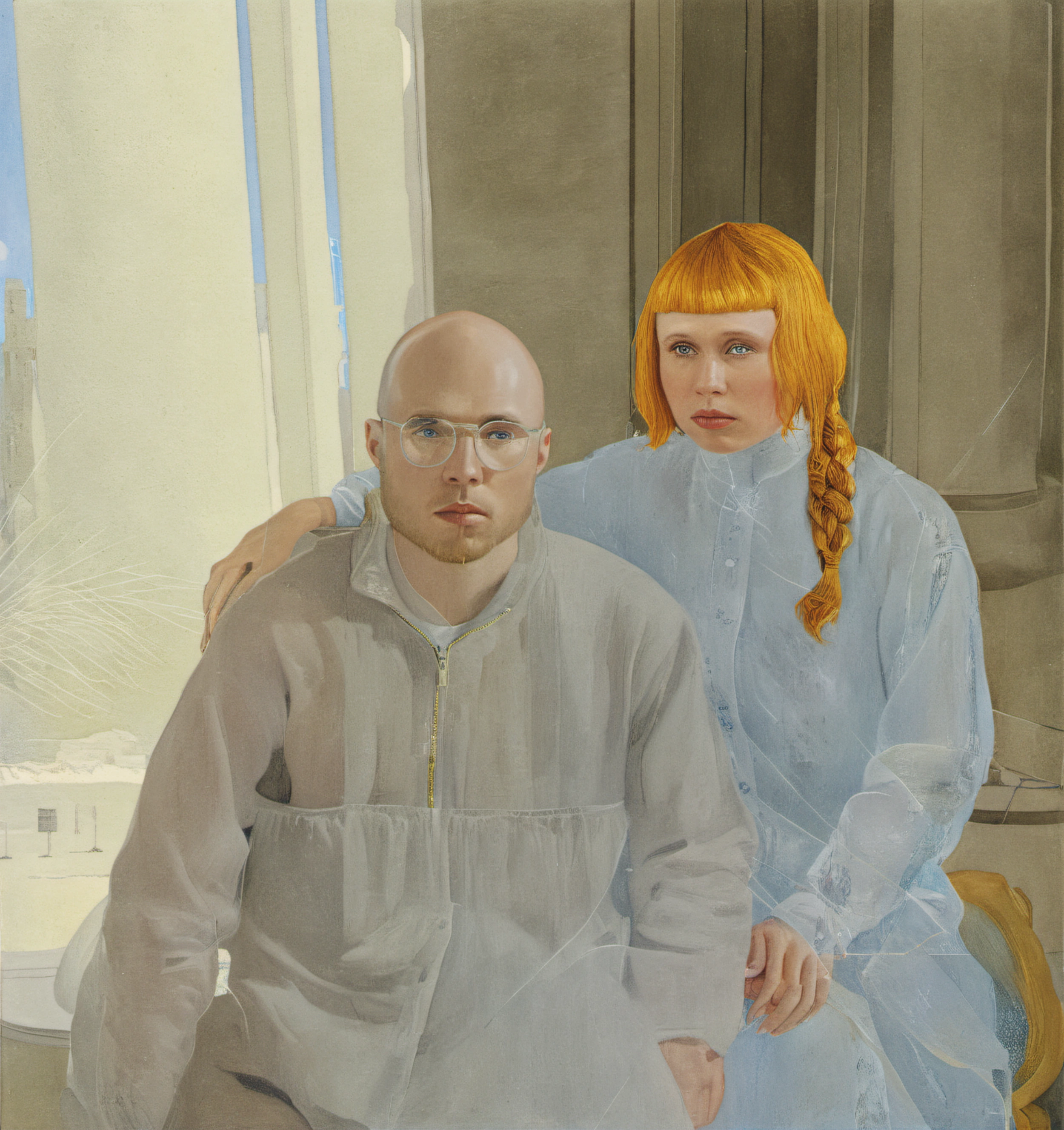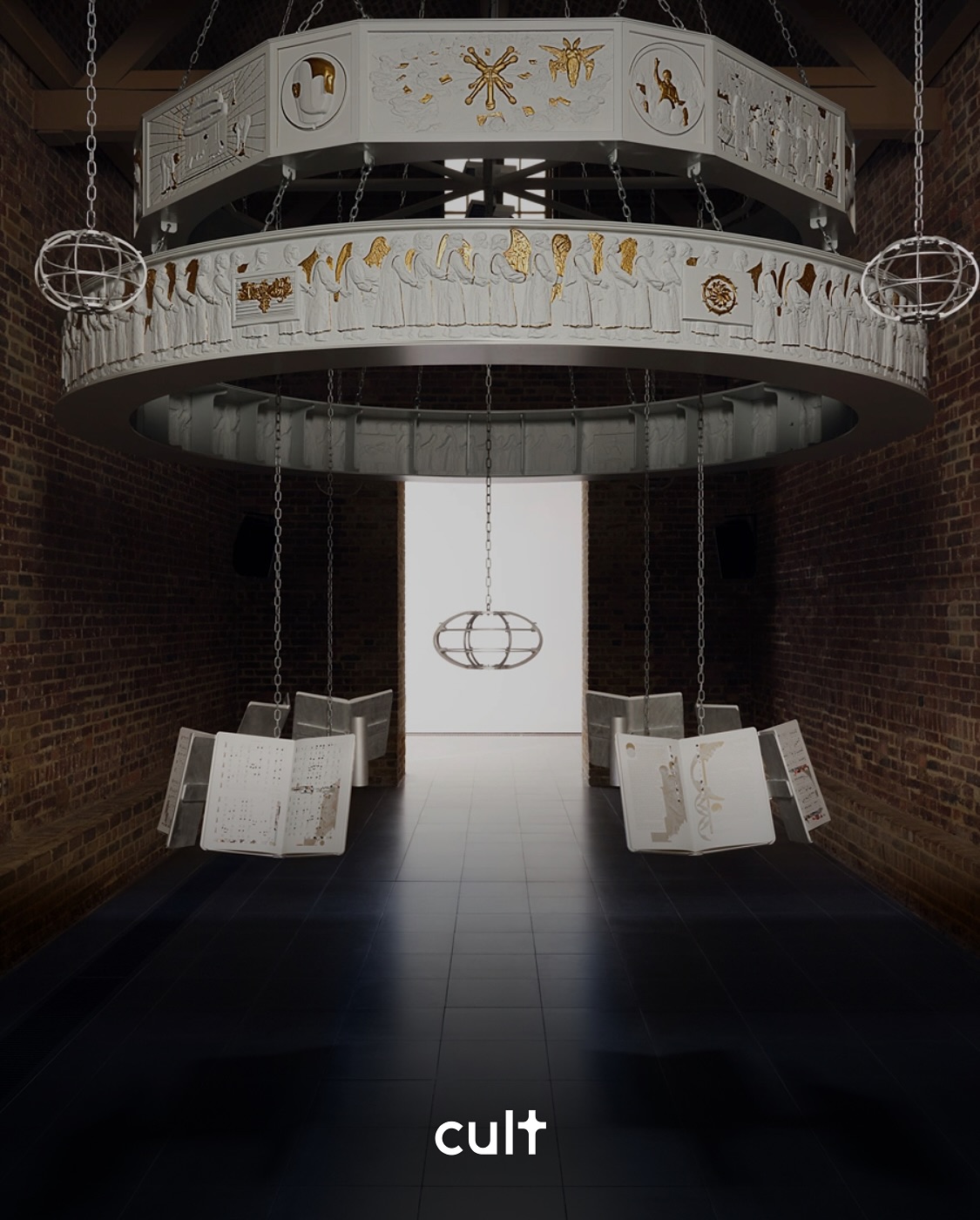In the luminous galleries of London's Serpentine North, visitors encounter something at once ancient and unprecedented. "The Call," a beguiling exhibition by artists Holly Herndon and Mat Dryhurst, occupies an ambiguous space between technological experiment, communal performance, and spiritual contemplation. It is art about artificial intelligence that insists, counterintuitively, upon its own humanity.
Herndon and Dryhurst, known widely for their boundary-pushing explorations of AI, music, and digital culture, have long treated technological evolution not as an inevitability but as an instrument for collective empowerment. With "The Call," their most ambitious collaboration yet, the duo draws upon a profoundly human tradition: choral singing. Through the collective power of voice, they suggest, we might reclaim agency over a technology that often seems alien and distant.
"If all media is training data, including art, let’s turn the production of training data into art instead," the artists propose. This simple yet provocative idea anchors the exhibition, placing visitors within the tangible processes of machine learning, not as passive spectators but as active participants.
Inside the exhibition, visitors navigate a triptych of carefully constructed spaces, each symbolizing a distinct stage in the AI process—computation, data collection, and model interaction. In the first room, titled "The Hearth," a sculptural installation of GPU fans arranged like an organ whirs quietly, cooling powerful processors while simultaneously performing compositions by the artists. The striking brass engravings adorning this instrument depict scenes reminiscent of religious iconography, hinting at the ritualistic nature the artists envision for the creation of AI.
Next is "The Wheel," a dazzling chandelier-like apparatus inspired by elaborate medieval fixtures, suspended dramatically in the South Powder Room. Here, ambisonic microphones once meticulously captured the rich, varied voices of choirs from across the United Kingdom. The artists embarked on an ambitious and expansive field-recording project—visiting fifteen choirs from England, Scotland, Wales, and Northern Ireland—evoking Alan Lomax's storied ethnographic journeys across America’s musical landscape. Their recordings form a uniquely diverse dataset, replete with the idiosyncrasies, textures, and timbres that AI typically erases or overlooks. "The Songbook," composed specifically for this project, borrows from the 18th-century Sacred Harp singing tradition and serves as both practical tool and poetic invocation: "The music isn't in this songbook," it declares, "it’s inside you."
The culminating space, "The Oratory," invites visitors to engage directly with the AI model trained upon these choral recordings. Singers enter individually, contributing their voice to an ongoing, ever-evolving chorus. The resulting sounds, harmonized and synthesized by the AI, resonate throughout the gallery—both haunting and profoundly moving. Yet notably, the artists have explicitly refrained from recording visitor contributions, emphasizing participation over extraction. Here, AI is neither voyeur nor parasite; it exists as an amplifier of human expression, connecting individual experiences to something timeless and collective.
Running parallel to this exhibition is an equally groundbreaking initiative: the Data Trust Experiment. Initiated in collaboration with the Serpentine’s Future Art Ecosystems team, this project addresses critical questions surrounding data governance. Choir participants actively co-create the policies that determine how their recordings—fundamental training data—will be used, shared, and protected. This novel approach introduces the concept of collective data rights into the public discourse, providing a blueprint for ethically navigating an increasingly complex digital ecosystem.
But perhaps what distinguishes "The Call" most clearly is its insistence on ritual. Herndon and Dryhurst perceive AI not simply as technological machinery but as part of an ongoing, human-led tradition of meaning-making. Influenced aesthetically by liturgical art—brass engravings, choral arrangements, and symbolic imagery—the exhibition proposes a provocative thought experiment: could the training of AI become a new cultural ritual, one that grounds technology within communal ethics and aesthetic experience?
This question resonates deeply within the exhibition’s perimeter, where another groundbreaking piece, "Linked Diffusion," plays. The artists have used their own proprietary AI models trained on the choral data to create multichannel sonic compositions. These sounds hover, spectral and wordless, inviting contemplation on the nature of voice itself—neither wholly human nor entirely machine, but an uncanny fusion somewhere between.
The exhibition provides a framework through which technology, so frequently cast as isolating, might become profoundly connective. Here, AI ceases to be something external to humanity, becoming instead a continuation of our oldest traditions—of gathering, singing, and sharing in creation.

